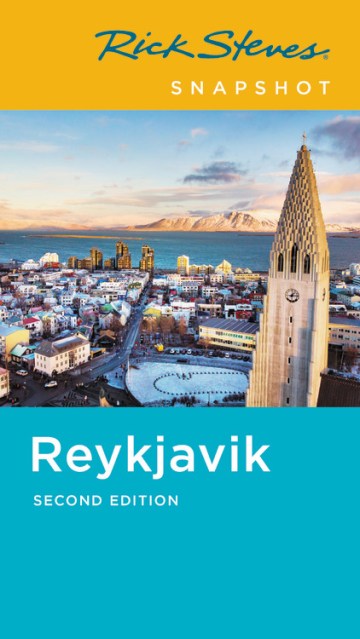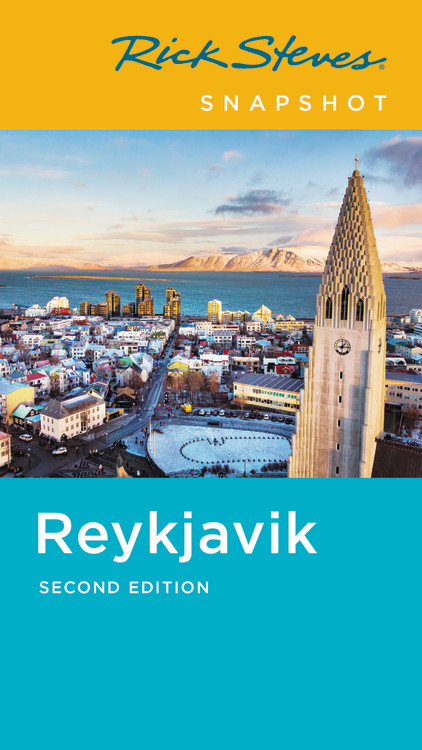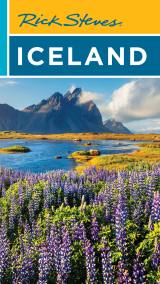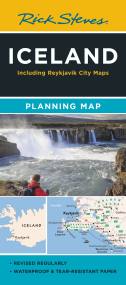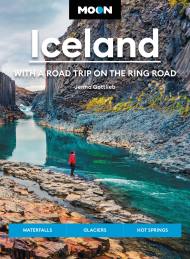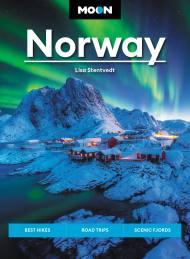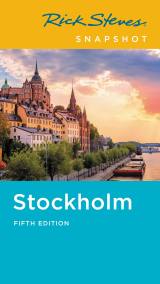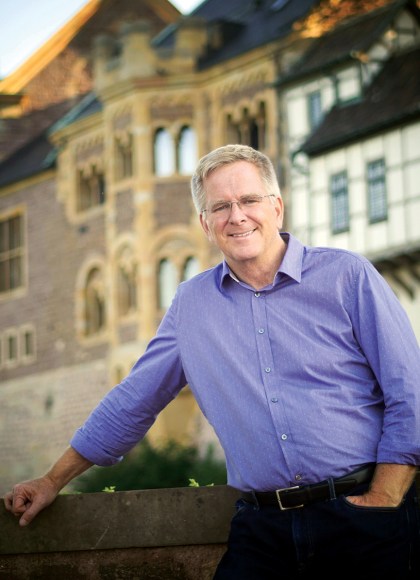Promotion
Use code MOM24 for 20% off site wide + free shipping over $45
Rick Steves Snapshot Reykjav¿k
Contributors
By Rick Steves
With Cameron Hewitt
Formats and Prices
Price
$11.99Price
$15.99 CADFormat
Format:
- Trade Paperback $11.99 $15.99 CAD
- ebook $8.99 $11.99 CAD
This item is a preorder. Your payment method will be charged immediately, and the product is expected to ship on or around June 9, 2020. This date is subject to change due to shipping delays beyond our control.
Also available from:
With Rick Steves, Reykjavík is yours to discover! This slim guide excerpted from Rick Steves Iceland includes:
- Rick’s firsthand, up-to-date advice on Reykjavík’s best sights, restaurants, hotels, and more, plus tips for how to beat the crowds, skip the lines, and avoid tourist traps
- Top sights and local experiences: Sample deliciously fresh seafood, visit the Icelandic Symphony, and pick up a cozy Nordic sweater as a souvenir. Journey through Viking history at the Saga Museum, soak in the famous Blue Lagoon Hot Springs, and admire Iceland’s unique architecture
- Helpful maps and self-guided walking tours to keep you on track
- Day trips to nearby spots like the Golden Circle and the Reykjanes Peninsula
With focused coverage and Rick’s trusted insight into the best things to do and see, Rick Steves Snapshot Reykjavík is truly a tour guide in your pocket.
Exploring beyond Reykjavík? Pick up Rick Steves Iceland for comprehensive coverage, detailed itineraries, and essential information for planning a countrywide trip.
Genre:
- On Sale
- Jun 9, 2020
- Page Count
- 216 pages
- Publisher
- Rick Steves
- ISBN-13
- 9781641712347
Newsletter Signup
By clicking ‘Sign Up,’ I acknowledge that I have read and agree to Hachette Book Group’s Privacy Policy and Terms of Use
